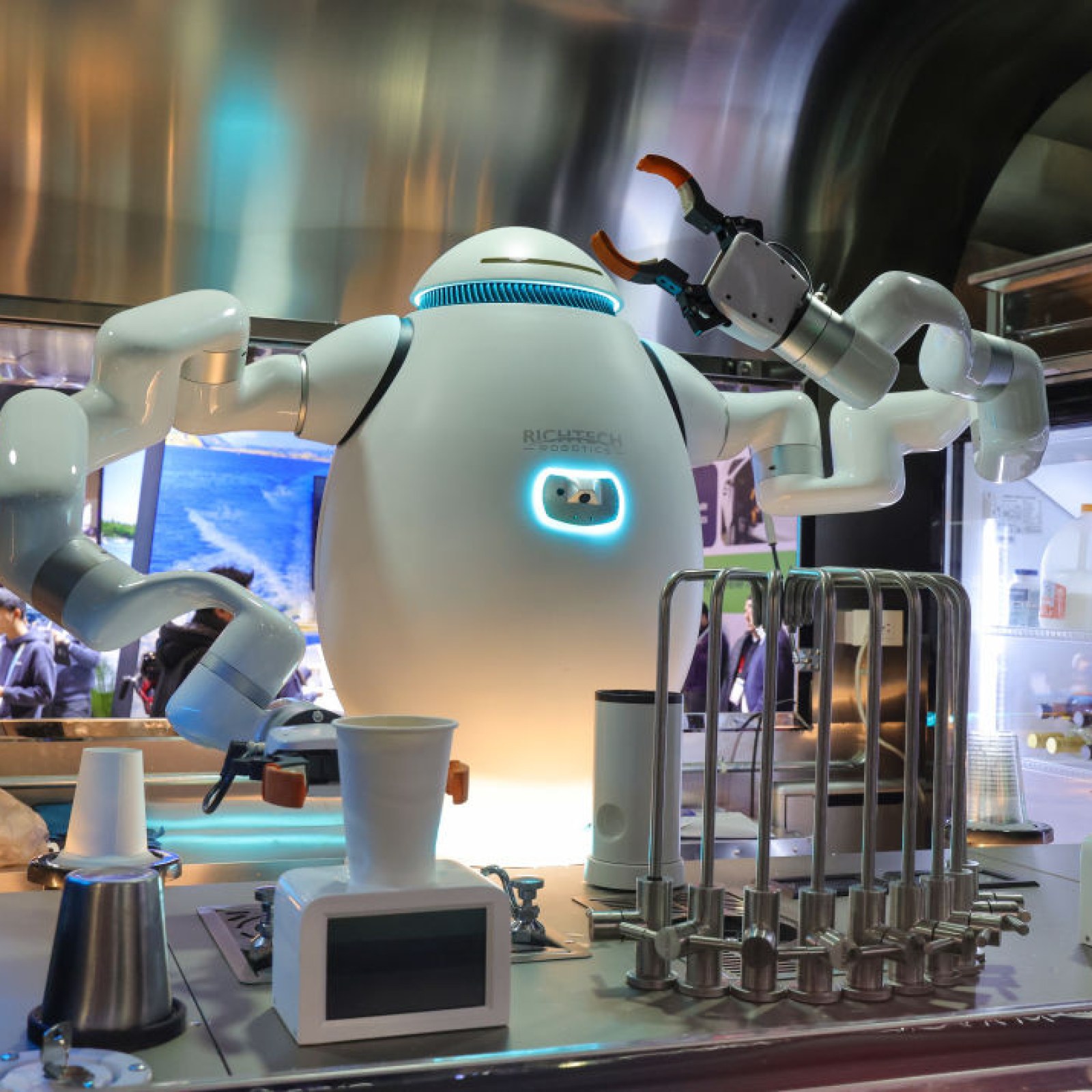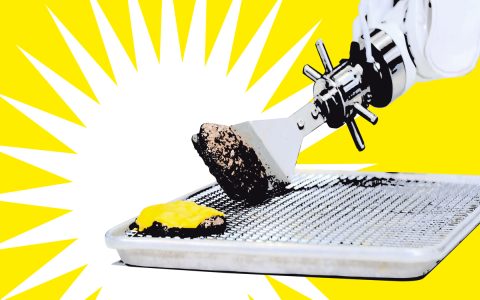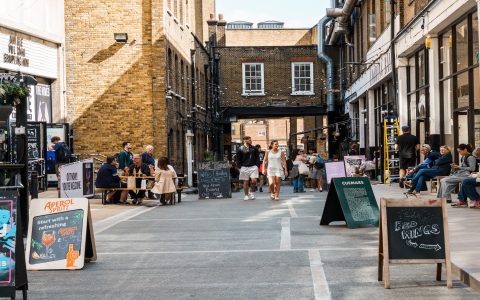The evolution of bartender robotics is accelerating, driven by converging technological advancements set to redefine beverage service. Expect significant progress in AI personalization, manipulative dexterity, and operational integration:
Enhanced AI & Personalization Engines
Next-generation systems move beyond simple recipe execution:
- Deep Mood & Preference Analysis: Utilizing advanced sensory systems (micro-expressions, vocal tone analysis) alongside past orders and contextual data (weather, time) to infer and suggest hyper-personalized drinks.
- Real-time Ingredient Synthesis: Sophisticated AI platforms will dynamically create novel, balanced recipes on the fly based on available ingredients and desired flavor profiles specified by customers or the venue.
- Quantum Computing Optimization (Emerging): Exploring complex multi-variable optimization for inventory management, demand forecasting, and hyper-personalized menu curation at unprecedented speeds.
Advanced Manipulation & Sensing
Robotics will handle tasks with unprecedented nuance:

- Multi-Material Dexterous Grippers: Utilizing soft robotics principles and variable stiffness materials for gentle handling of fragile garnishes (fresh herbs, delicate glassware) simultaneous with robust bottle manipulation.
- Hyperspectral Imaging: Ensuring ingredient quality and detecting subtle spoilage by analyzing chemical composition beyond the visible spectrum.
- Micro-Precision Pouring & Layering: Advanced micro-valve systems and flow control algorithms enabling intricate layered cocktails, molecular gastronomy elements, and consistent pours regardless of viscosity or carbonation.
Smarter Integration & Ecosystem Synergy
Robots become seamless components of larger systems:
- Self-Diagnostic & Self-Cleaning Systems: Integrated sensors monitoring cleanliness and component wear, triggering automated cleaning cycles using specialized nozzles and safe, fast-evaporating cleaning agents. Antimicrobial surfaces become standard.
- Cloud-Based Fleet Management: Centralized control hubs for monitoring multiple robotic units across locations, optimizing workflow, updating software, and aggregating performance data for continuous improvement.
- IoT Ingredient Tracking: Deep integration with smart inventory systems. Robots dynamically adjust menus based on real-time stock levels detected via RFID or weight sensors, automatically triggering reorders.
- Frictionless Payment & Biometric ID: Integration with secure payment platforms and emerging, optional biometric verification (e.g., palm scanning) for personalized service and transaction speed.
Addressing Key Challenges
- Human-Robot Interaction (HRI) Refinement: Focus remains on creating more natural, intuitive, and empathetic communication interfaces for complex social settings.
- Ethical & Social Acceptance: Development requires careful consideration of data privacy, transparency in AI decisions, and maintaining the valued social aspects of bar culture.
- Cost vs. Value Proposition: As capabilities increase, demonstrating clear ROI through efficiency, reduced waste, consistent quality, and novel customer experiences will be critical for widespread adoption beyond novelty markets.
The near future promises bartender robotics capable of delivering highly customized, complex beverages with remarkable efficiency and consistency, increasingly integrated into smart hospitality ecosystems. Success hinges on balancing technological capability with ethical considerations and the irreplaceable social dynamics of human hospitality.






